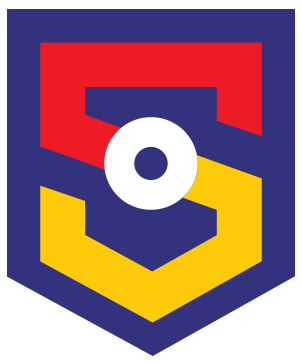Obj1: Follow a user driven approach placing the FR in the core of the development process
RESCUER will develop and deliver a full set of validated edge tools for FRs, created based on their specific needs and requirements, from a cross-sectoral perspective. Following a heavily user-driven approach, the end-users of the consortium will be involved in all stages of the project’s lifetime.
Obj2: Ensure adherence with European laws, research ethics and addressing societal challenges
RESCUER will follow a robust Social Ethical Legal and Privacy (SELP) methodology designed to ensure compliance with Article 35 GDPR and that key legal, ethical and societal principles are equally considered and duly implemented. The qualification and quantification of all legal, ethical and societal challenges facing RESCUER will provide a useful metric for the compliance reports produced as part of the SELP process.
Obj3: Augmented sensing capabilities for First Responders
RESCUER aims to enhance the FRs’ senses in order to increase their robustness and reliability especially while operating in adverse conditions. More specifically, RESCUER will develop technology to augment the FRs’ sight, hearing, smell and remote touch, as well as the detection of signs of life. Innovative AR devices (head-mounted displays, hearables), sensors (electronic nose, RF radar sensors) and actuators (visual overlay, speech, and tactile feedback) will be employed. The goal is to deliver sensing augmentation through ergonomic and passive AR devices, offering additional information to the operating FRs in a natural-feeling manner using lightweight sensors attached on their uniform and equipment.
Obj4: Accurate positioning for indoor and outdoor environments
A very important problem that RESCUER will specifically tackle is the localization of FRs at the environments they operate in. The goal is to allow FRs at the scene to self-localize with respect to the environment they operate in and thus be able to execute their missions more efficiently, while avoiding threats and hazards, identify key locations and evacuate in a timely manner. RESCUER will develop a set of complementary solutions to address first-person infrastructure-less localization at the edge and provide a low-cost accurate localization system for both indoor and outdoor adverse environments.
Obj5: Cognitive load support and first responders’ perception
RESCUER will develop cognitive balance techniques and prioritize the information to be shared with each FR protecting them from “infoxication” (i.e., information overload). Intuitive AR interfaces will be developed for visualizing relevant information to the FRs’ field of view or via speech, selecting the appropriate AR channel after taking into account each FR’s situation. The automatic adaptation of the type and quantity of delivered information to a user’s current cognitive capacity will be a ground-breaking achievement that will enhance both safety and operational capacity, and can be extended to other fields as well.
Obj6: Enabling technologies for infrastructure-less operations
RESCUER will support FRs operating in infrastructure-less conditions with a set of horizontal enabling technologies targeting communication and the efficient collection and exchange of sensor data.
Obj7: FR training to engage & evaluate RESCUER tools system’ effectiveness in real life scenarios
RESCUER will employ a rigorous process for validating its developed tools’ effectiveness. The main goal will be to enforce a continuous and efficient bilateral communication between the technology developers and the end users FRs that will allow a systematic exchange of experiences between them.

